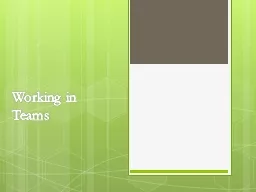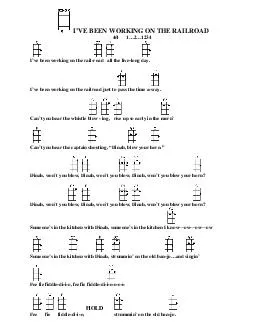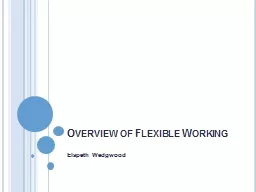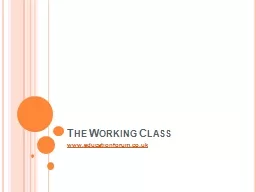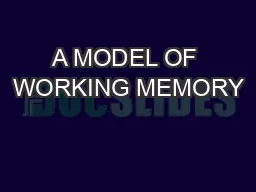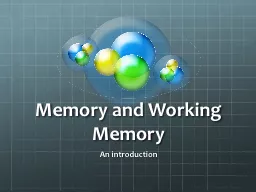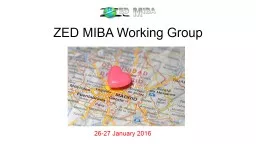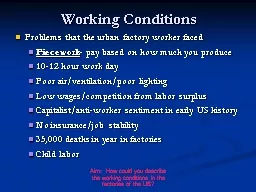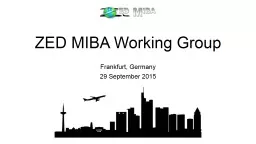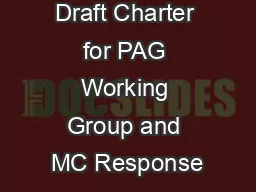PPT-Working in
Author : olivia-moreira | Published Date : 2017-12-22
Teams The Stages of Teaming Team members need time to set goals and adjust to each others working styles and abilities Teams go through four s tages Forming Strategic
Presentation Embed Code
Download Presentation
Download Presentation The PPT/PDF document "Working in" is the property of its rightful owner. Permission is granted to download and print the materials on this website for personal, non-commercial use only, and to display it on your personal computer provided you do not modify the materials and that you retain all copyright notices contained in the materials. By downloading content from our website, you accept the terms of this agreement.
Working in: Transcript
Download Rules Of Document
"Working in"The content belongs to its owner. You may download and print it for personal use, without modification, and keep all copyright notices. By downloading, you agree to these terms.
Related Documents

